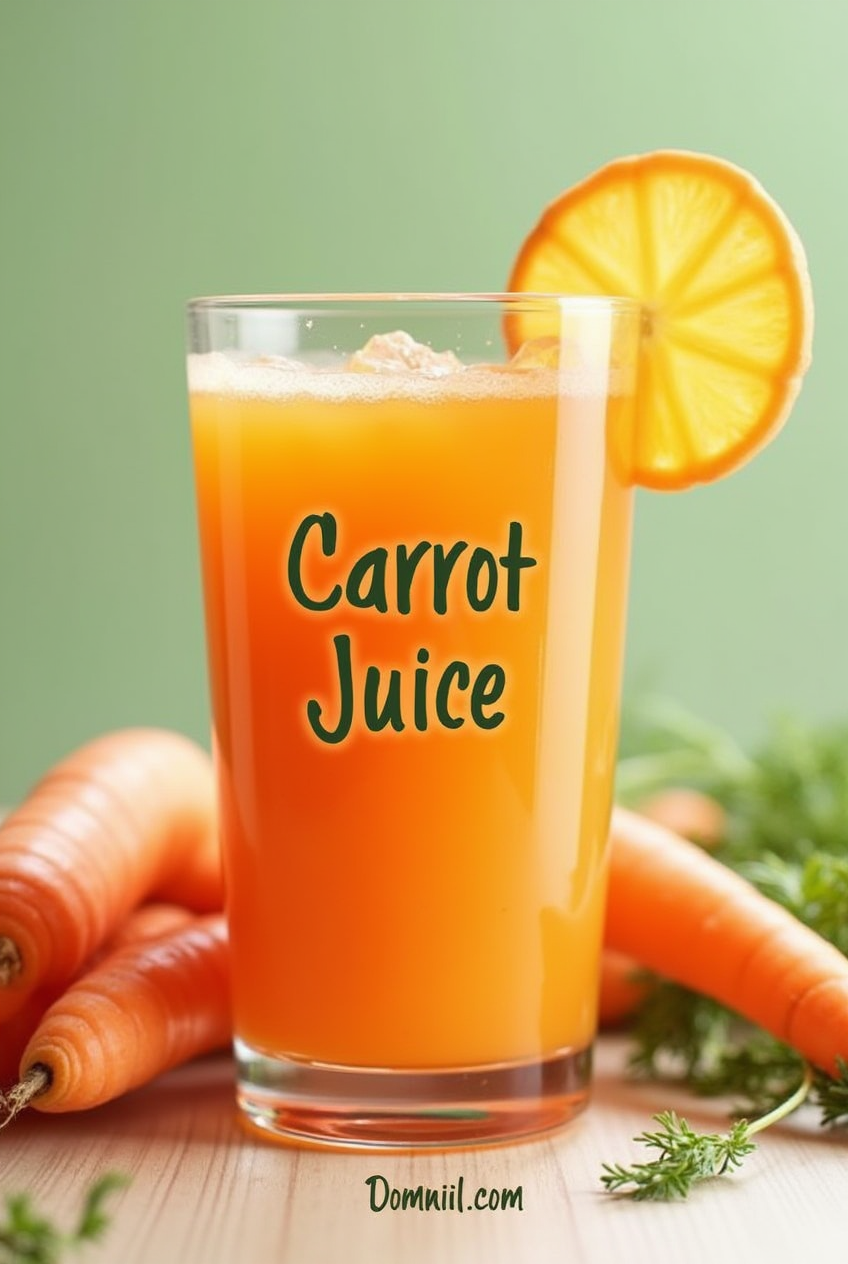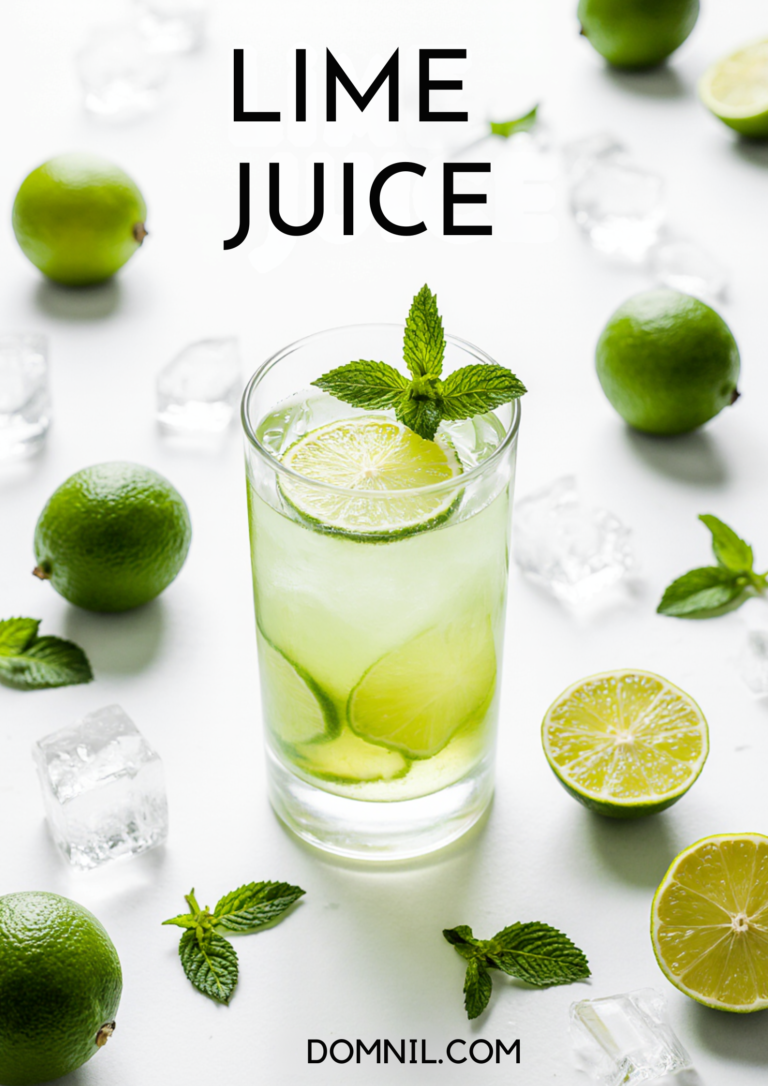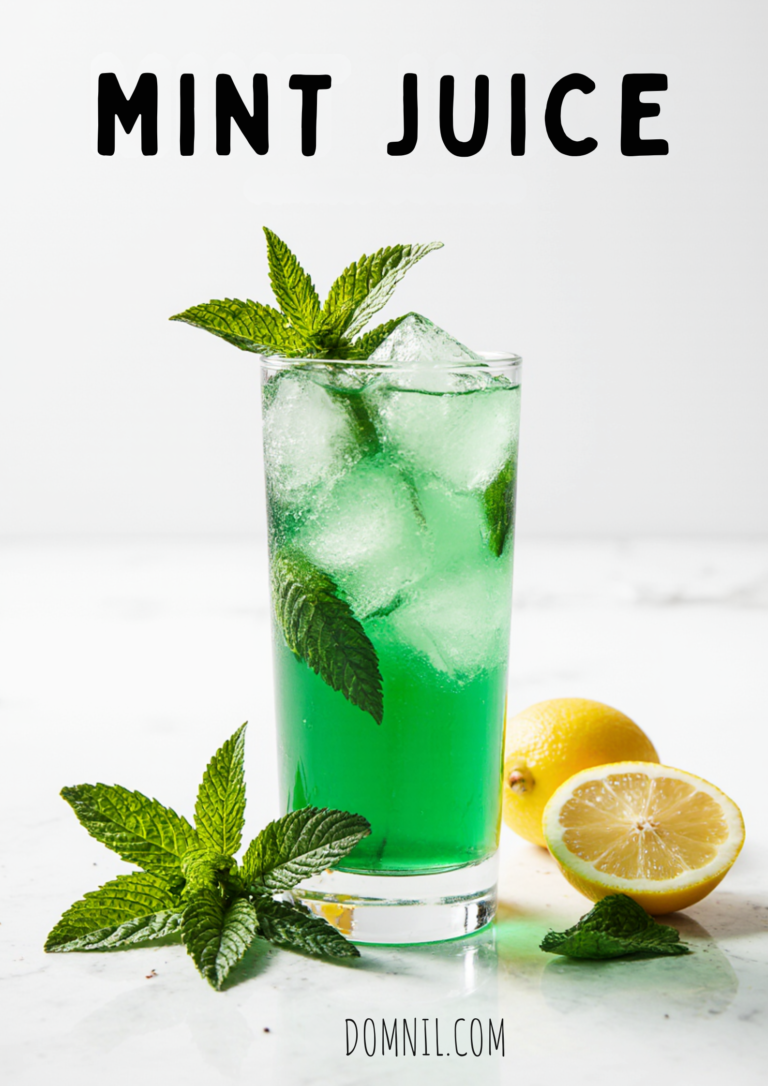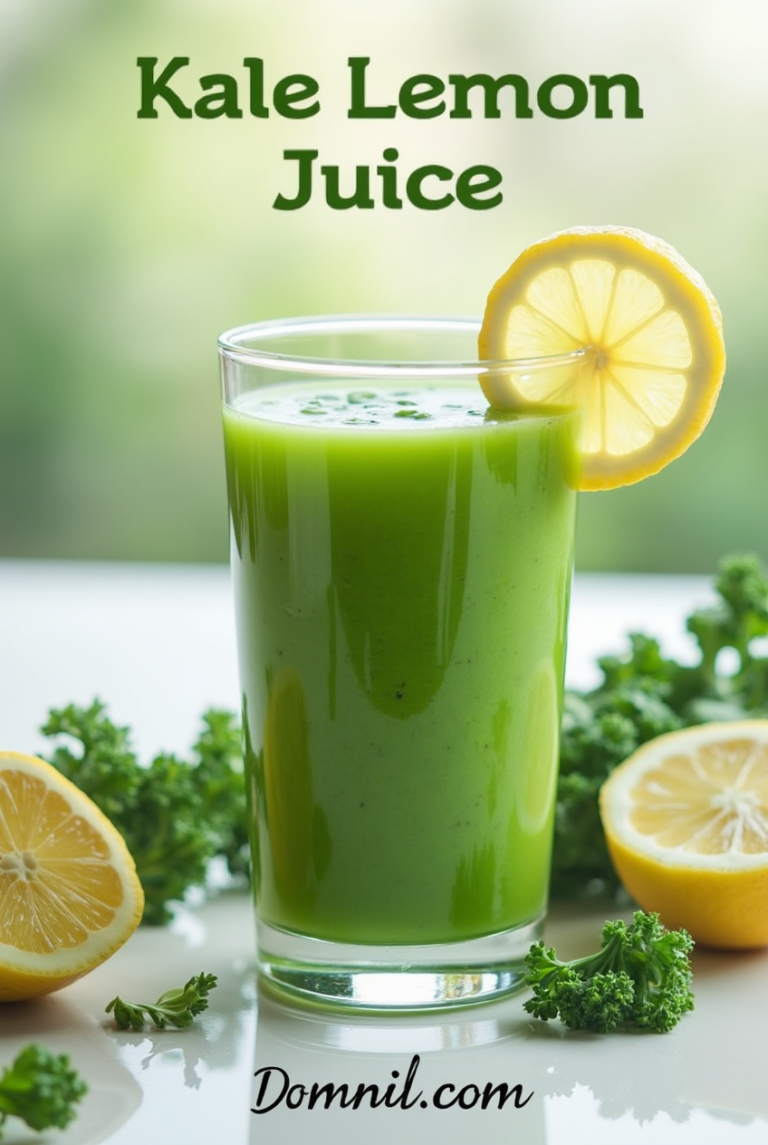How to Make Fresh Carrot Juice: Your Ultimate Guide to Liquid Gold
Did you know that one glass of fresh carrot juice contains more beta-carotene than eating 10 whole carrots? That’s right! When you juice carrots, you unlock a treasure chest of nutrients that your body can absorb much faster than eating them whole. If you’ve been curious about making your own carrot juice at home, you’re in for a treat that’s both delicious and incredibly good for you.
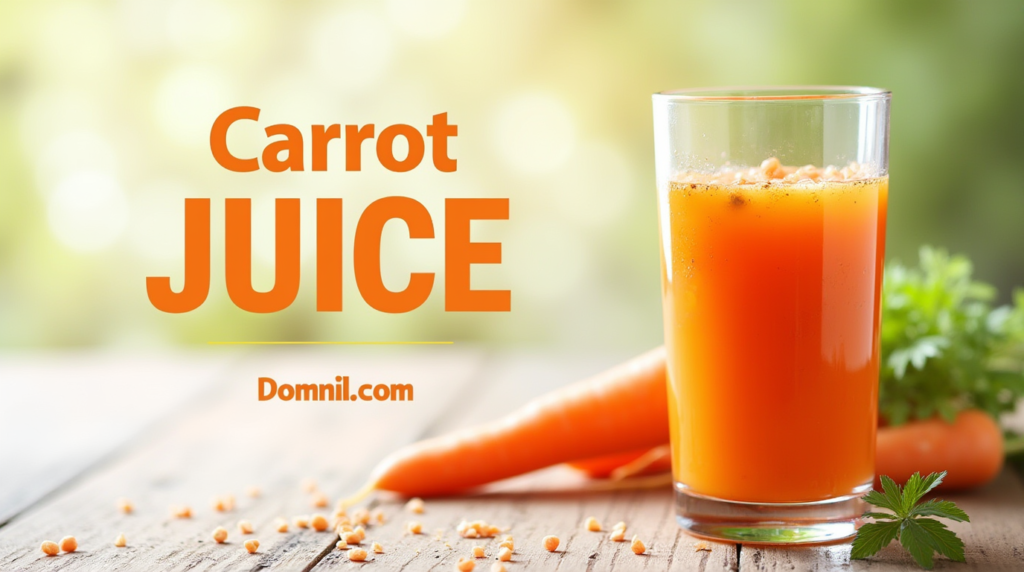
What Makes This Carrot Juice Recipe Special
Making fresh carrot juice at home is like having a mini health spa in your kitchen. This recipe is special because it’s incredibly simple, takes only 15 minutes from start to finish, and requires just basic equipment that most people already have. The difficulty level? Super easy! Even if you’ve never made juice before, you’ll be sipping on liquid sunshine in no time.
What sets homemade carrot juice apart from store-bought versions is the freshness and purity. You control every ingredient, there are no preservatives, and the taste is absolutely amazing. Plus, you can customize it to your heart’s content with different add-ins and flavors.
Time Required: 15 minutes
Difficulty Level: Beginner-friendly
Servings: 2-3 glasses of fresh juice
Essential Ingredients for Perfect Carrot Juice
The beauty of carrot juice lies in its simplicity. Here’s what you’ll need:
Main Ingredients:
- 2 pounds of fresh carrots – The star of the show! Choose bright orange, firm carrots without soft spots
- 1-2 cups of filtered water – Helps with blending and achieves your preferred consistency
- 1 tablespoon fresh lemon juice – Adds brightness and helps preserve the color
- 1 teaspoon fresh ginger (optional) – Gives a zesty kick and extra health benefits
Why These Ingredients Matter:
Carrots: Fresh carrots are packed with beta-carotene, which your body converts to vitamin A. This supports eye health, immune function, and gives your skin a healthy glow. Choose organic when possible for the cleanest juice.
Water: Filtered water ensures no chlorine taste interferes with your juice’s natural sweetness. The amount depends on whether you want thick or thin juice.
Lemon Juice: This little addition is a game-changer! It prevents oxidation, keeping your juice fresh longer, and adds a bright note that balances the earthiness of carrots.
Ginger: Optional but highly recommended! Ginger adds warmth, aids digestion, and has anti-inflammatory properties.
Smart Substitutions and Variations:
- Can’t find fresh ginger? Use 1/4 teaspoon ground ginger
- No lemon? Try lime juice or a splash of orange juice
- Want it sweeter? Add a small apple or a teaspoon of honey
- For a tropical twist, substitute coconut water for regular water
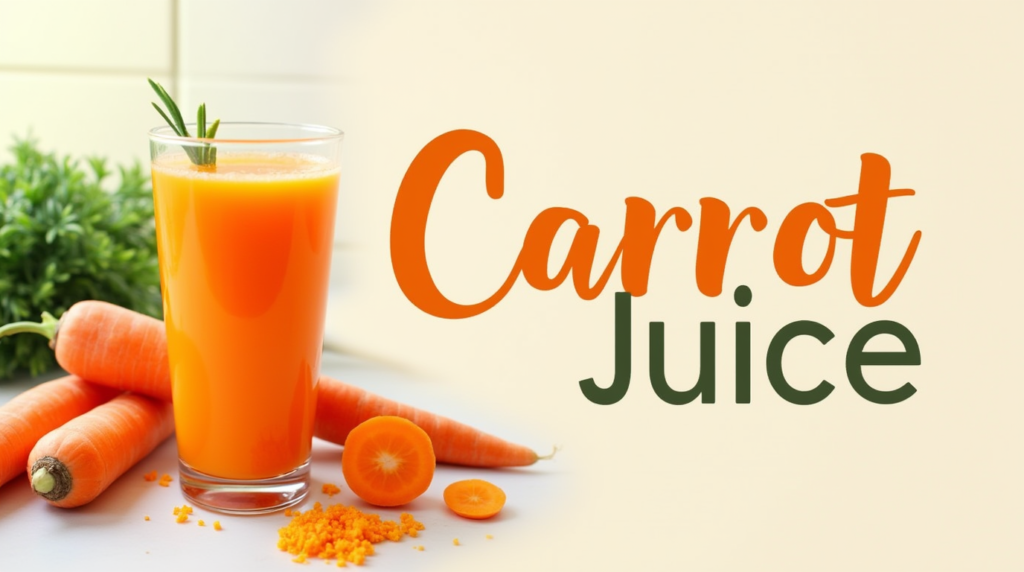
Step-by-Step Instructions for Making Carrot Juice
Making carrot juice is easier than you might think! Here’s how to do it perfectly every time:
Preparation Steps:
- Wash and prep your carrots: Scrub carrots under cold running water with a vegetable brush. You can peel them if you want, but it’s not necessary if they’re organic and well-cleaned. The peels actually contain extra nutrients!
- Cut into manageable pieces: Chop carrots into 2-inch pieces. This helps your blender or juicer work more efficiently and prevents jamming.
- Prepare your equipment: If using a blender, make sure it’s clean and ready. If using a juicer, set it up according to the manufacturer’s instructions.
Cooking and Preparation Techniques:
For Blender Method:
- Add chopped carrots to your blender
- Pour in 1 cup of water to start
- Add lemon juice and ginger if using
- Blend on high speed for 2-3 minutes until completely smooth
- Add more water if needed for desired consistency
For Juicer Method:
- Feed carrots through your juicer following manufacturer’s guidelines
- Collect the fresh juice in a pitcher
- Stir in lemon juice and grated ginger if desired
Pro Tips for Best Results:
- Start with less water and add more as needed
- Blend in batches if you have a smaller blender
- For extra smooth juice, blend twice
- Taste as you go and adjust flavors
Assembly: Bringing Your Carrot Juice Together
Now comes the fun part – creating your perfect glass of carrot juice!
Building Your Juice Base:
If you used a blender, you’ll need to strain your mixture. Here’s how:
- Strain for smoothness: Pour the blended mixture through a fine-mesh strainer or cheesecloth into a pitcher. Press the pulp with a spoon to extract maximum juice.
- Adjust consistency: Add more water if the juice is too thick, or let it settle if you prefer it thinner.
- Final seasoning: Taste and add more lemon juice or ginger as needed. Remember, you can always add more, but you can’t take it away!
Presentation Tips:
- Serve immediately: Fresh carrot juice tastes best right after making
- Chill it up: Serve over ice for a refreshing experience
- Garnish beautifully: Add a lemon wheel, mint sprig, or even a small carrot stick as a stirrer
- Use the right glass: Tall glasses show off the beautiful orange color
- Create layers: For a fancy touch, slowly pour juice over the back of a spoon to create a layered effect with other juices
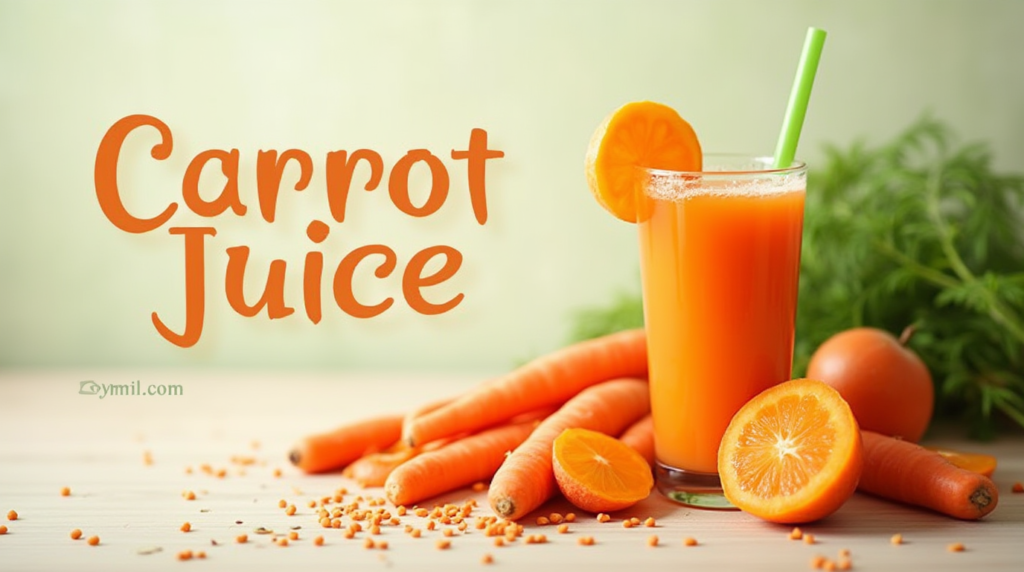
Storage and Make-Ahead Tips
Fresh carrot juice is best enjoyed immediately, but life happens! Here’s how to keep it fresh:
Short-term Storage:
- Refrigerate promptly: Store in airtight glass containers in the fridge
- Use within 24-48 hours: Fresh juice doesn’t have preservatives, so drink it quickly
- Keep it cold: Store at 40°F or below
- Prevent separation: Give it a good stir before drinking
Make-Ahead Strategies:
- Prep carrots in advance: Wash and chop carrots up to 3 days ahead
- Freeze carrot pieces: Frozen carrots actually juice easier! Freeze chopped carrots for up to 3 months
- Ice cube trick: Freeze juice in ice cube trays, then blend with a little water when ready to drink
Maintaining Freshness:
- Add extra lemon juice for longer storage
- Fill containers to the top to minimize air exposure
- Never leave at room temperature for more than 2 hours
- If it smells off or looks cloudy, it’s time to make fresh
Creative Recipe Variations
Carrot juice is incredibly versatile! Here are some delicious ways to mix things up:
Flavor Combinations:
- Carrot-Apple Delight: Add 2 apples for natural sweetness
- Spicy Carrot Kick: Include jalapeño or cayenne pepper
- Tropical Carrot: Blend with pineapple and coconut water
- Green Goddess: Add cucumber and celery for a veggie boost
- Citrus Sunshine: Mix with orange and lime juice
Seasonal Variations:
- Fall Spice: Add cinnamon and nutmeg
- Summer Cooler: Include mint and cucumber
- Winter Warmer: Add turmeric and black pepper
- Spring Fresh: Blend with fresh herbs like parsley
Nutritional Boosts:
- Protein Power: Add a scoop of vanilla protein powder
- Omega Rich: Stir in a tablespoon of flax seeds before blending
- Antioxidant Supreme: Include blueberries or pomegranate juice
- Digestive Aid: Add fennel or celery
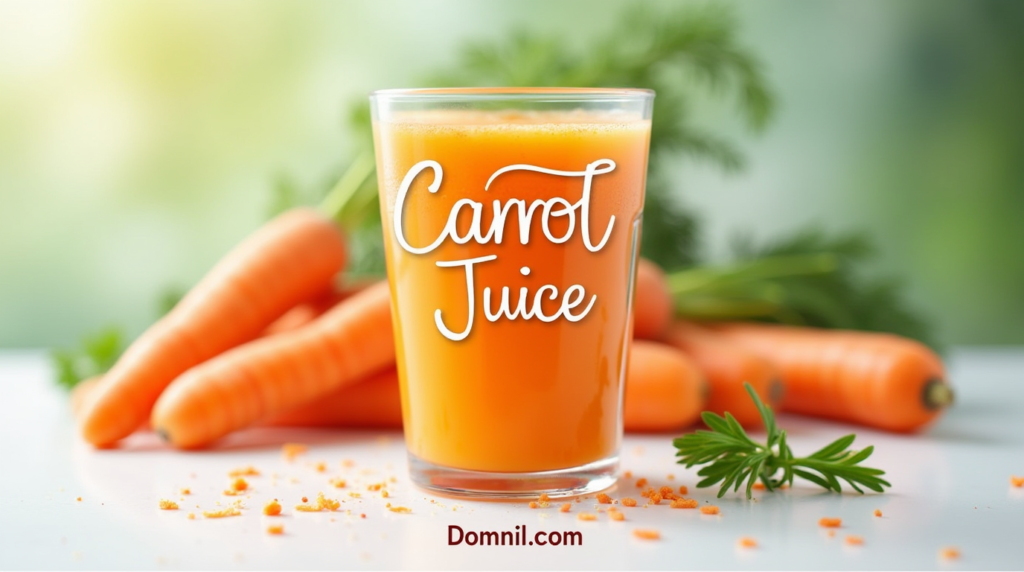
Conclusion: Your Journey to Juice Mastery
Making fresh carrot juice at home is one of the simplest ways to boost your health while treating your taste buds to something amazing. With just a few ingredients and 15 minutes, you can create a nutrient-packed drink that rivals any expensive juice bar creation.
Don’t be afraid to experiment! Try different combinations, adjust the flavors to your liking, and make this recipe your own. Whether you’re starting your morning with a glass of liquid sunshine or need an afternoon energy boost, homemade carrot juice is your new best friend.
The best part? Once you start making your own carrot juice, you’ll never want to go back to store-bought versions. Your body will thank you, your wallet will thank you, and your taste buds will definitely thank you!
So grab those carrots, fire up your blender or juicer, and start your journey to healthier, more delicious days. Cheers to your health!
Frequently Asked Questions
Q: Do I need to peel carrots before juicing?
A: No, you don’t have to! If your carrots are organic and well-scrubbed, the peels add extra nutrients and fiber. Just make sure to wash them thoroughly with a vegetable brush.
Q: Can I use baby carrots for juicing?
A: Absolutely! Baby carrots work great and are often sweeter than large carrots. You might need slightly more since they’re smaller, but they’ll give you delicious juice.
Q: What are the main health benefits of carrot juice?
A: Carrot juice is loaded with beta-carotene (vitamin A), which supports eye health, immune function, and skin health. It also contains antioxidants, potassium, and vitamin K. Plus, it’s naturally low in calories!
Q: How long does fresh carrot juice last in the fridge?
A: Fresh carrot juice is best consumed within 24-48 hours when stored in an airtight container in the refrigerator. After that, it may lose nutrients and develop an off taste.
Q: Can I make carrot juice without a juicer?
A: Yes! You can use a regular blender. Just add water, blend well, and strain through a fine-mesh strainer or cheesecloth. It takes a bit more work, but the results are just as delicious.
Q: Is carrot juice safe for kids?
A: Generally yes, but introduce it gradually. Too much carrot juice can cause carotenemia (temporary orange skin tint) in children. Start with small amounts and dilute with water if needed.
Q: Can diabetics drink carrot juice?
A: Carrot juice contains natural sugars, so people with diabetes should consume it in moderation and monitor blood sugar levels. It’s best to consult with a healthcare provider first.
Q: What should I do with the leftover pulp?
A: Don’t waste it! Carrot pulp can be added to muffins, soups, compost, or even used as a face mask. It still contains fiber and nutrients.
Q: Can I freeze carrot juice?
A: While you can freeze it, the texture may change when thawed. It’s better to freeze the juice in ice cube trays and use the cubes in smoothies or to chill fresh juice.
Q: Why does my carrot juice separate?
A: Separation is normal! Fresh juice doesn’t contain stabilizers like commercial versions. Just stir or shake before drinking, and you’re good to go.

